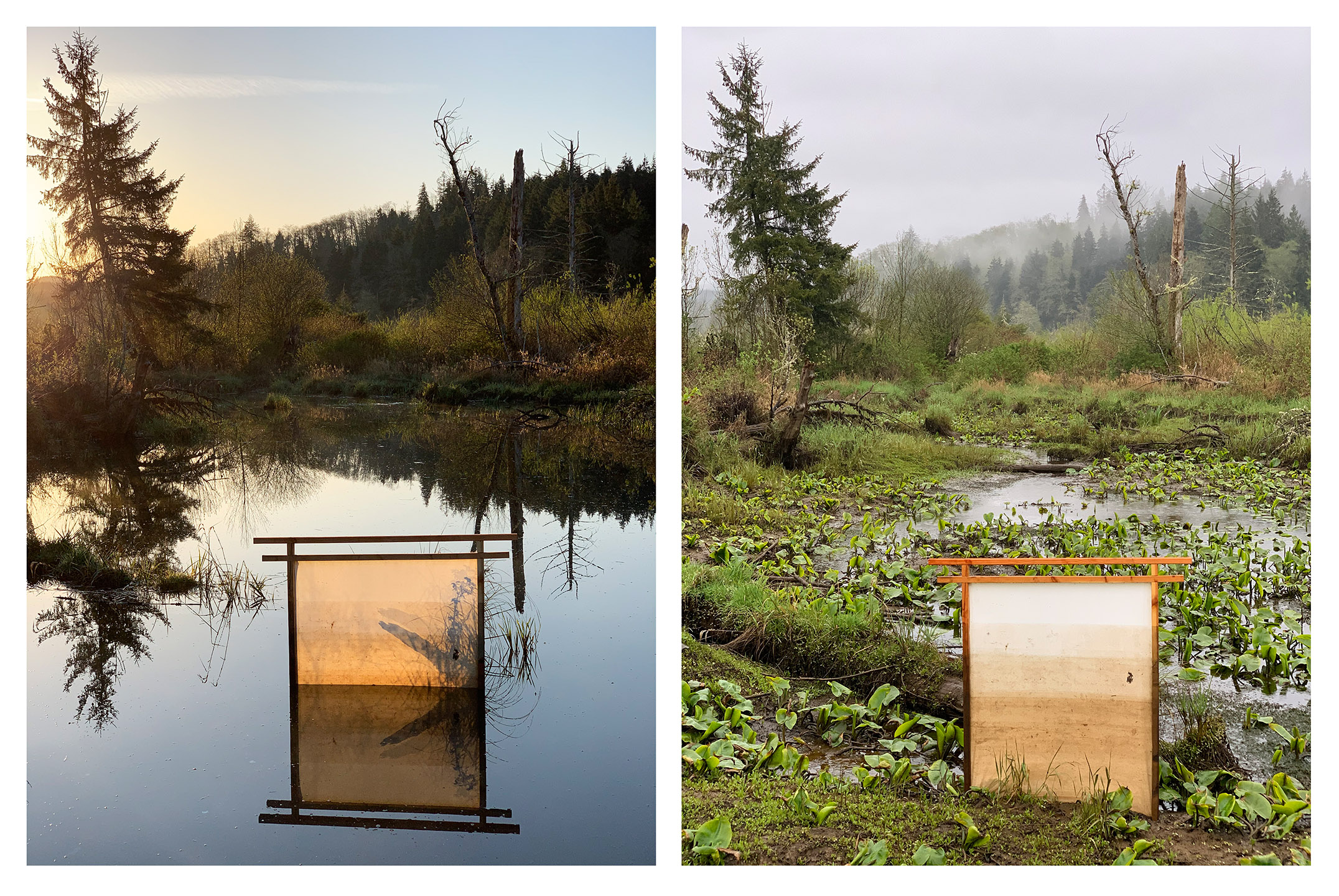
Palūs (Latin, “marsh, swamp”) is a meditation on a Sitka spruce swamp along the Grays River, which flows into the Columbia River Estuary 20 miles east of the Pacific Ocean in Southwest Washington State. Having relocated in 2019 from Portland, Oregon to a rural hamlet on the Grays River, we are fortunate to live and work next to 55 acres of restored tidal wetland protected by the Columbia Land Trust. Our project observes the swamp’s liquid respiration as the waters rise and fall each day.

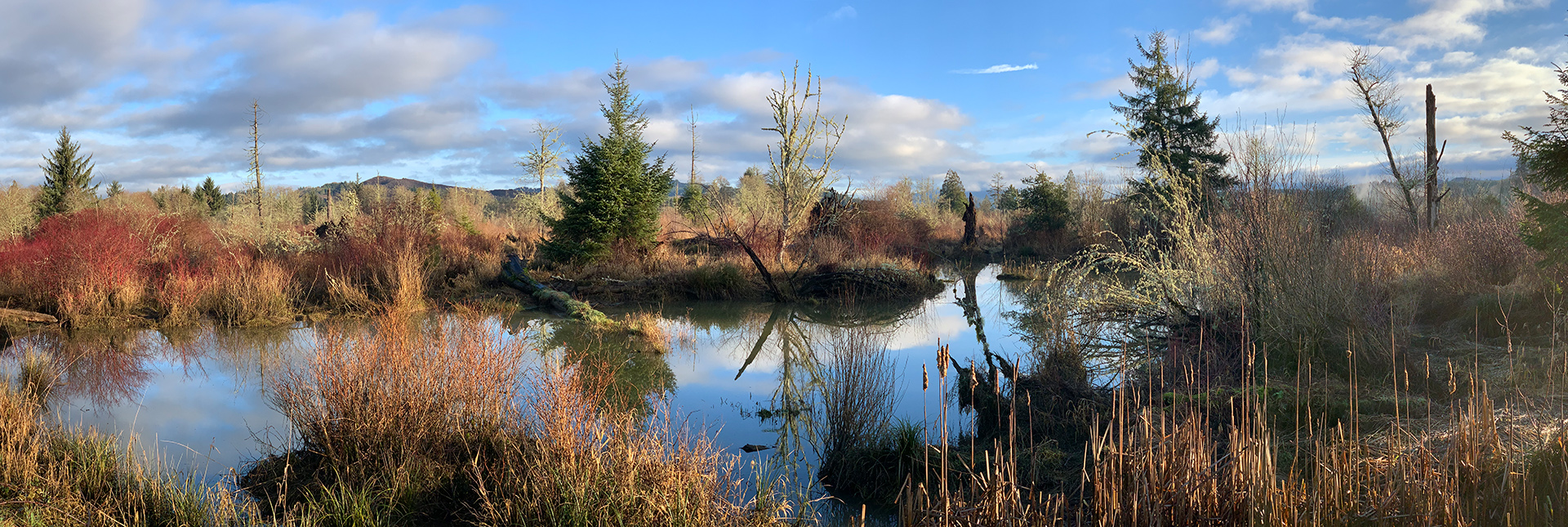
For the past year and a half we have been walking daily along a dike road with pasture on one side and wetland and river on the other. We observe as swamp vegetation accommodates the tidal flow and settles in sinuous mats with the ebb. An intermittent pond expands with winter rain and, during spring floods, it swells to merge with the swamp’s many watery hollows. We admire the swamp from the edges and watch the comings and goings of birds, amphibians, insects and mammals who retreat into its thickets where we cannot follow.
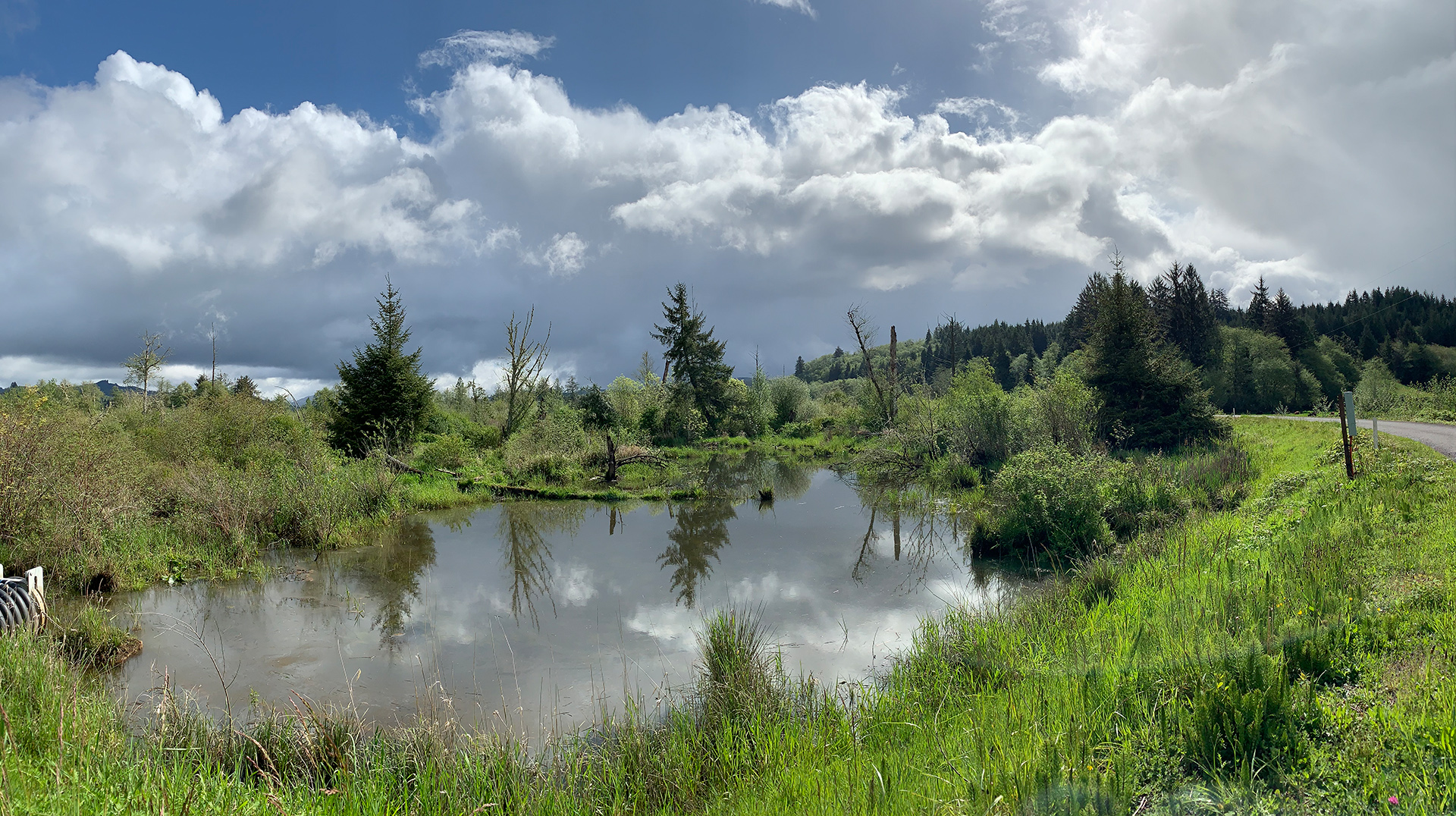
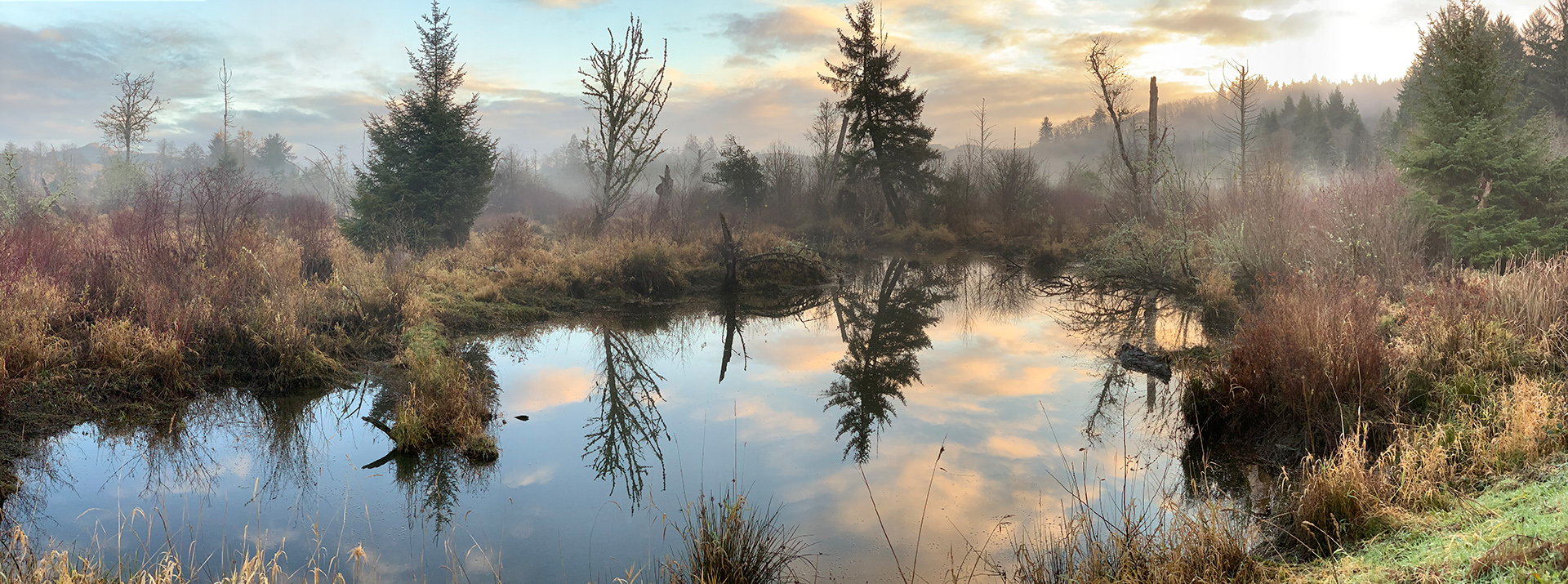
Over the past year we have been working with local organic materials and photographic processes to initiate a new body of work about this relatively obscure corner of the natural world. In a continuation of our work with the Columbia River, we see the project as a way to situate ourselves and our society within a historical and geological context, and deepen our intimacy with this riverine place ruled by tides. The multiple mediums and modalities used in the project are intended to reflect the dynamic, multilayered nature of this place. Through constructions, documents, and time-based installations, Palūs bears witness to flowing time and contemplates impermanence, both in process and outcome.
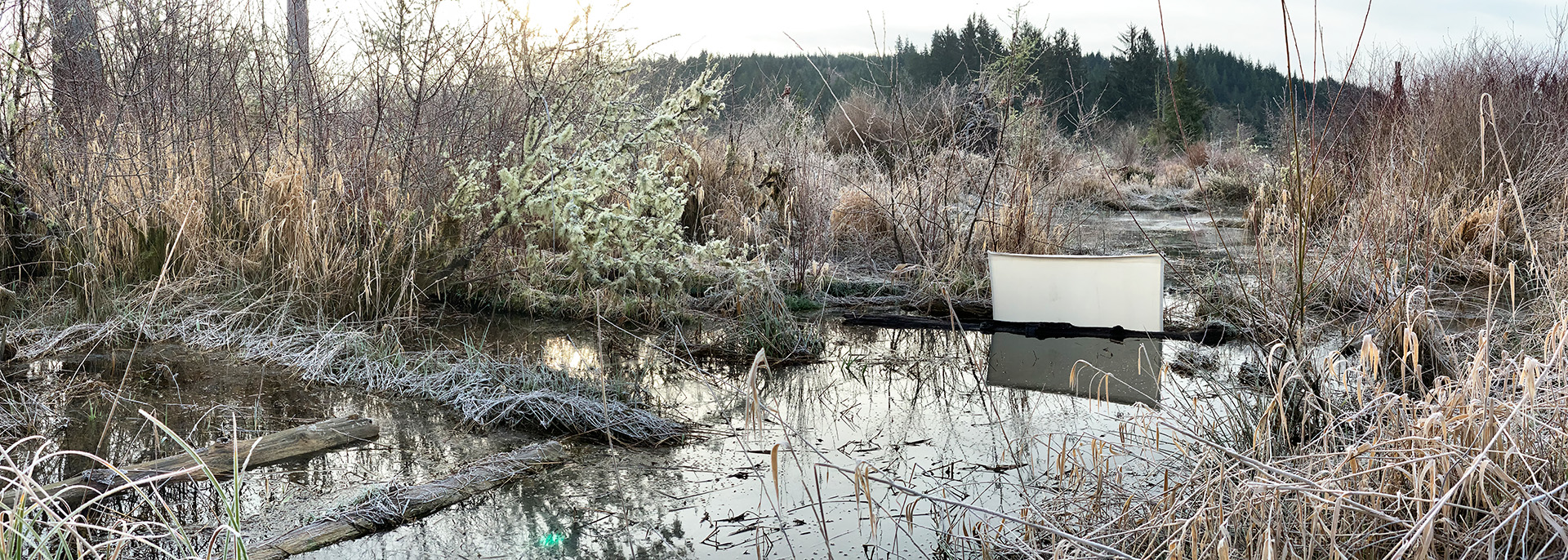
In March, we placed our first constructions in various locations in the swamp as prototype installations.

As we observed the screens, we refined the design and placed our second iteration in April, calling it a Torii Tidal Screen.
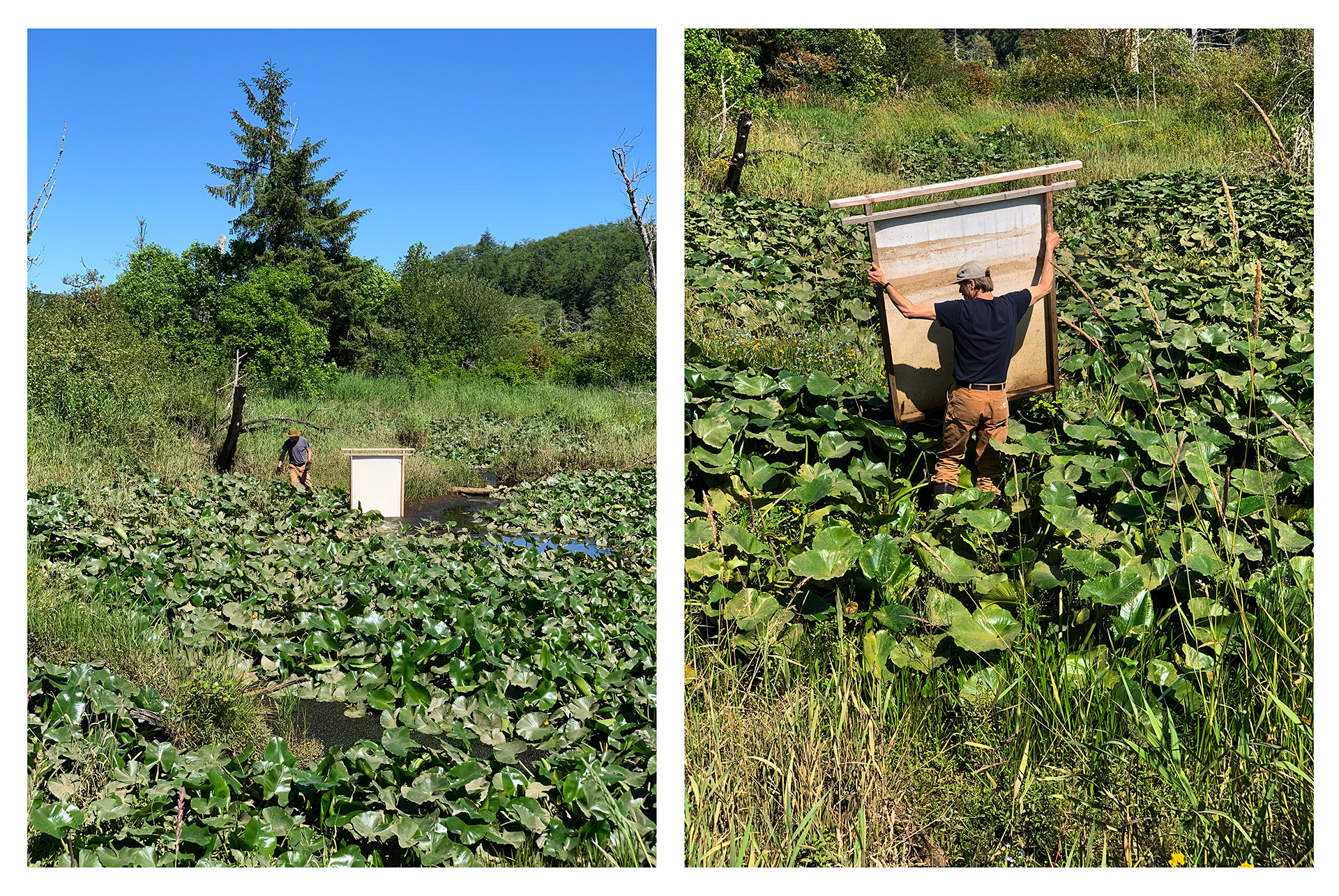
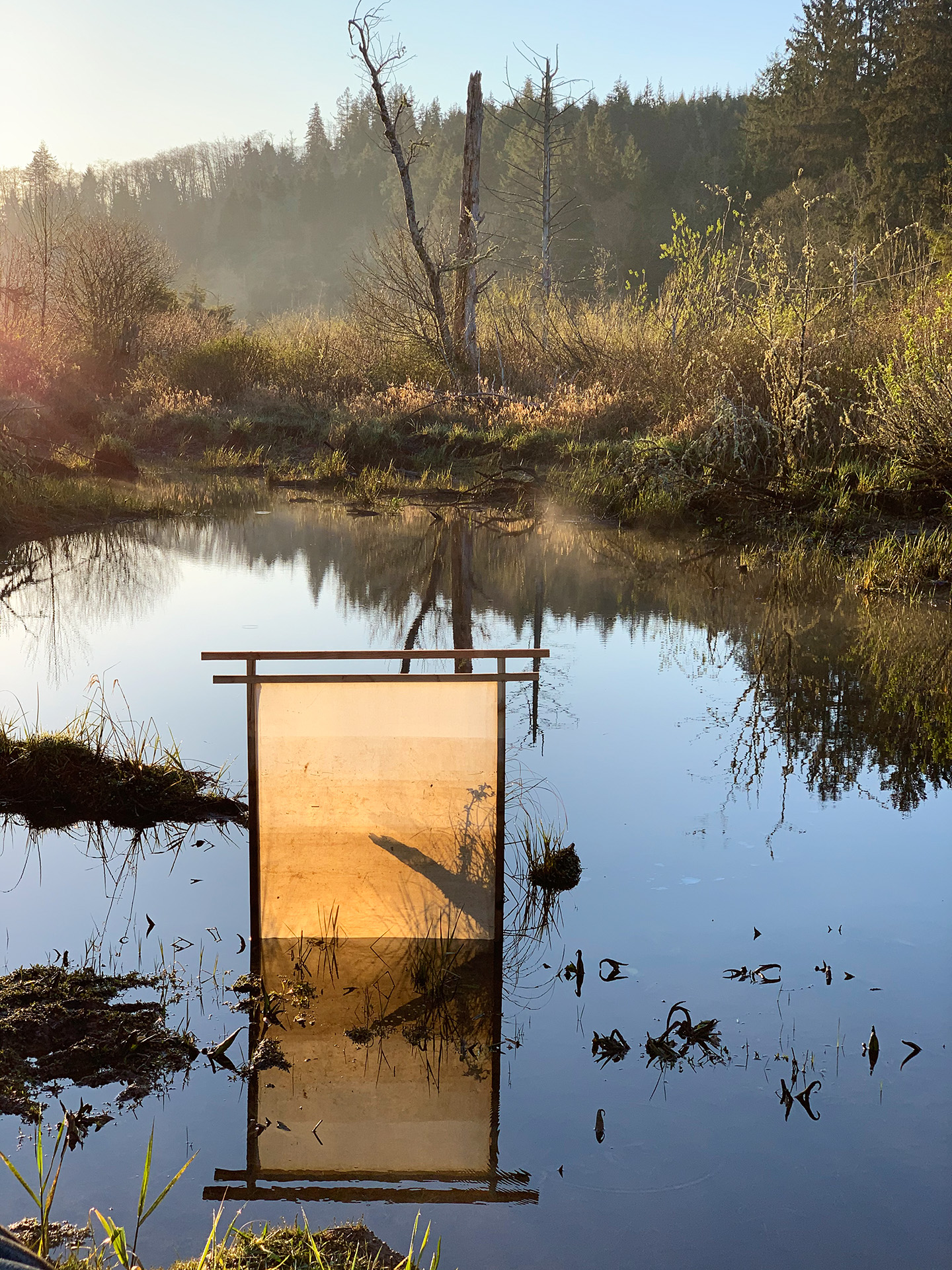
Registering the varying levels of the tide as the swamp water marks the canvas, the approximately 4’ x 5’ screens serve as focal points for daily observation. In form and function, the screens evoke Shinto gates which mark the transition from the mundane to the sacred. In this case, the two categories merge, with the oft-maligned or undervalued swamp metamorphosing into a vital natural space worthy of admiration. We are documenting the screens with digital photography and video throughout the weeks and months that they stand in the swamp. Depending on placement, light and other conditions, the screens sometimes fleetingly register shadows cast by such things as shimmering water or plants growing out of floating logs.
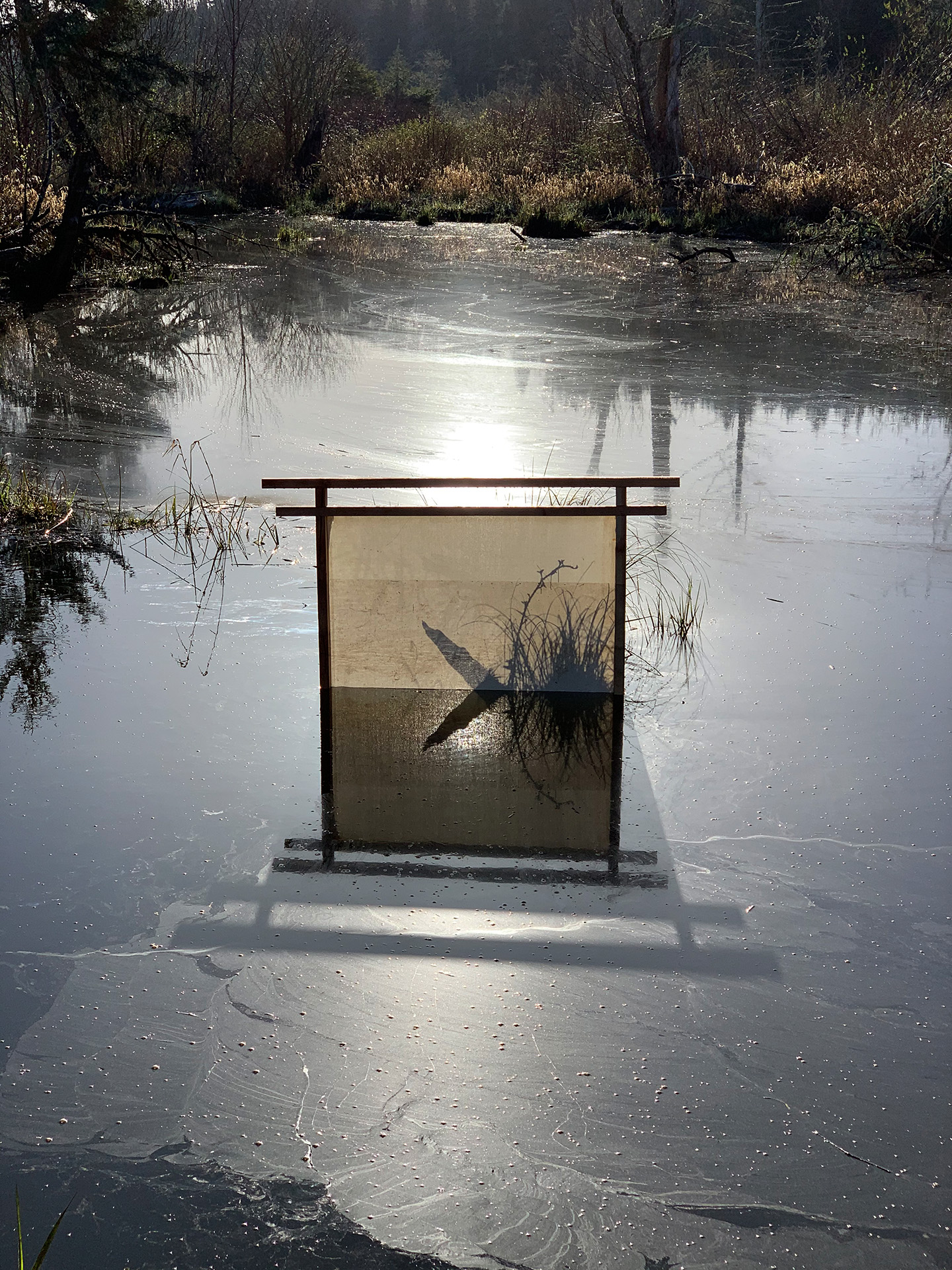
© 2025 Oxygen Art Centre